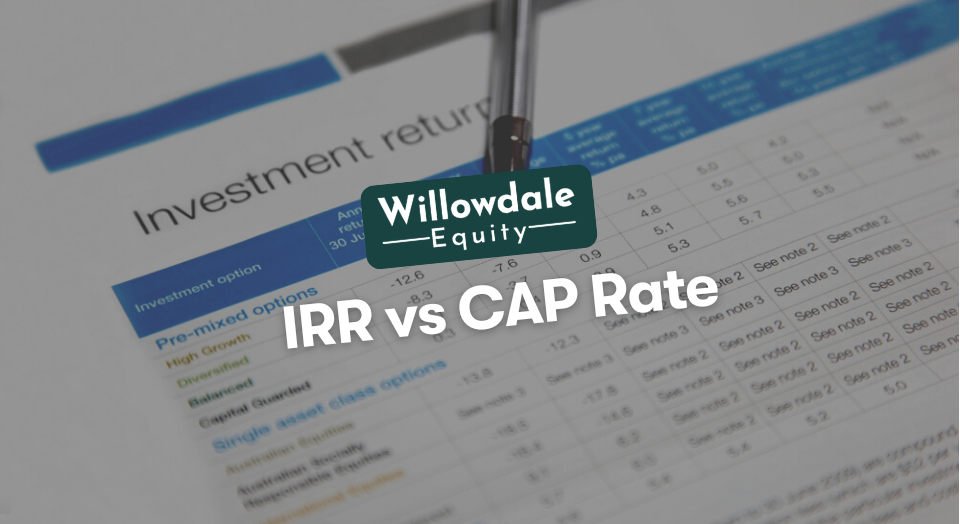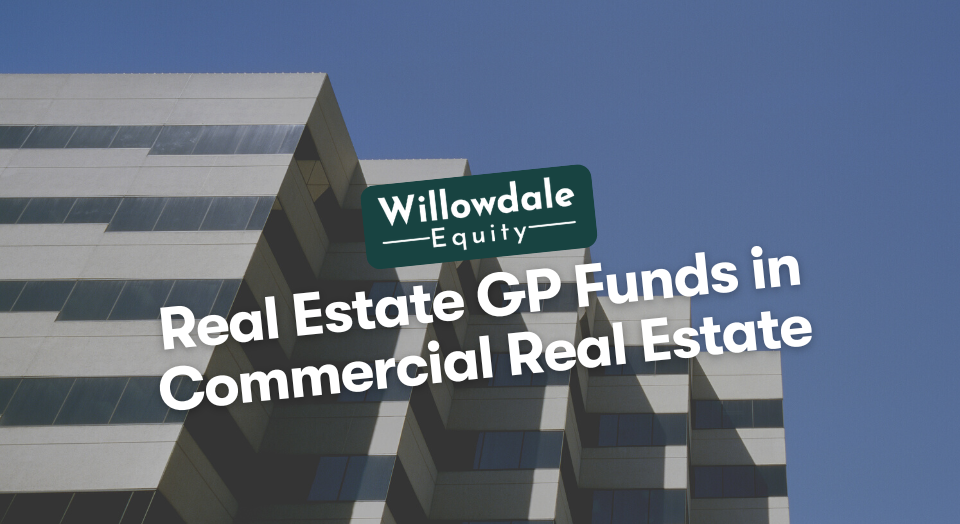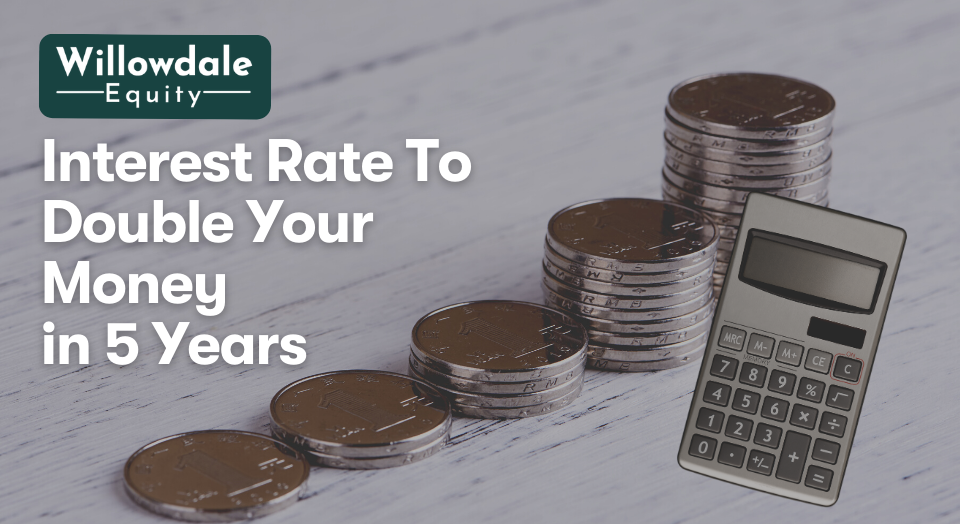
IRR vs CAP Rate: What Real Estate Investors Need to Know
This article is part of our guide on what a good cap rate is for multifamily, available here.
When investing in real estate, many investors look at standardized metrics to determine whether or not a particular investment property is worth investing in. Two such metrics are a property’s capitalization rate (CAP rate) and its internal rate of return (IRR).
While these metrics are different, what they have in common is that they can point out red flags in either a property’s valuation or its income-generating potential. To better understand these metrics, let’s delve deeper into these two return indicators.
Key Takeaways
-
The property’s CAP rate calculation divides the net operating income by its current market value. This metric would show a property’s performance if you were to pay all cash for it.
-
A property’s internal rate of return, or IRR, is a complicated mathematical formula that measures a property’s potential return taking opportunity cost and time value of money into account.
-
CAP rate indicates a property’s return at only one moment in time, whereas the IRR indicates a property’s return over a fixed period on an annualized basis.
What is a CAP Rate?
A CAP rate is perhaps the best-known metric when investing in commercial real estate. The property’s CAP rate calculation divides the net operating income by its current market value. This metric would show a property’s performance if you were to pay all cash for it.
This metric is excellent when comparing different properties in the same market to help determine whether or not a property is yielding what it should be to its present value.
Related Read: Relationship Between the CAP Rate & Discount Rate
CAP Rate Example
Let’s say a multifamily property has a fair market value of $1,000,000. This property returns a net operating income of $40,000. By dividing this property’s NOI by its value, the result is 4%. This property’s CAP rate is 4% which is average in most markets in the US but good in primary markets like New York and San Francisco.
What Does a CAP Rate Tell us About an Investment Opportunity?

A CAP rate tells investors how much risk is associated with a particular property. This risk represents both the market in which the property is located and certain property characteristics such as tenants’ creditworthiness and the property’s age, for example.
A higher CAP rate generally indicates that the property is at higher risk for one or many reasons. Other metrics must be considered. A high CAP rate alone is not enough information for making an investment decision.
The IRR is one such alternative metric.
What is an IRR?
A property’s internal rate of return, or IRR, is a complicated mathematical formula that measures a property’s potential return taking opportunity cost and time value of money into account. Considering these elements, the metric helps decide whether you’re better off investing in the analyzed project or an alternative real estate investment.
IRR Example
Let’s say you invested $100,000 and received the following annual cash flow over a 5-year hold:
Year 1: – $12,000 in cash flow
Year 2: – $18,000 in cash flow
Year 3: – $35,000 in cash flow
Year 4: – $40,000 in cash flow
Year 5: – $60,000 in cash flow
You would have generated a 14.9% IRR throughout the holding period.
What Does the IRR Tell us About an Investment Opportunity
The IRR tells investors the opportunity cost of an investment. The metric helps determine whether or not this property is a reasonable allocation of their capital or if they would be better off investing in something else over that period instead.
IRR vs CAP Rate: The Differences
- CAP rate indicates a property’s return at only one moment in time, whereas the IRR indicates a property’s return over a fixed period on an annualized basis.
- While the CAP rate lets an investor quickly understand a property’s current return if they were to pay all cash for the property, the IRR provides a fuller picture and helps plan for future returns.
- IRR takes the time value of money, while the CAP rate does not.
- This time value variable means that inflation and property appreciation are considered.
- IRR can show you the difference in your overall investment if you forecast future cash flows to significantly change year-to-year, such as when financing is interest-only for several years.
- While CAP rates only show one time-based variable, the IRR can account for years with very little net income and projected changes in cash flow due to the completion of renovation or changes in financing terms.
Frequently Asked Questions About CAP Rate vs IRR
A 30% IRR is generally considered to be very good. This kind of IRR is more likely levered than unlevered.
CAP rates primarily affect the IRR due to the deal’s market CAP rate having the ability to increase or decrease the value of each dollar of net operating income the said property generates. Since the IRR is a return metric, a higher or lower CAP rate will considerably sway value, which swings the deal’s return profile.
IRR vs CAP Rate In Private Real Estate Investing - Conclusion
With a thorough understanding of both CAP rates and the IRR, you’re better equipped to begin analyzing multifamily real estate deals. While looking at these two metrics is not enough information to make an investment decision, they can point out red flags early in the process. Experienced operators might also factor in things like the 10-year Treasury to have a better macroeconomic outlook on CAP rates.
When searching for properties, it’s beneficial to have a team of experienced investors who can help guide you through the process and provide insight based on experience. If you’d like to network and invest alongside other investors, consider joining the Willowdale Equity investor club. You can access our resources and private value-add multifamily investment opportunities there.
Sources:
- Investopedia, “Capitalization Rate“
- CalculateStuff, “Internal Rate of Return (IRR) Calculator“
Interested In Learning More About PASSIVE Real Estate Investing In Multifamily Properties?
Get Access to the FREE 5 Day PASSIVE Real Estate Investing Crash Course.
In this video crash course, you’ll learn everything you need to know from A to Z
about passive investing in multifamily real estate.
We’ll cover topics like earned income vs passive income, the tax advantages, why multifamily, inflation, how syndications work, and much much more!




